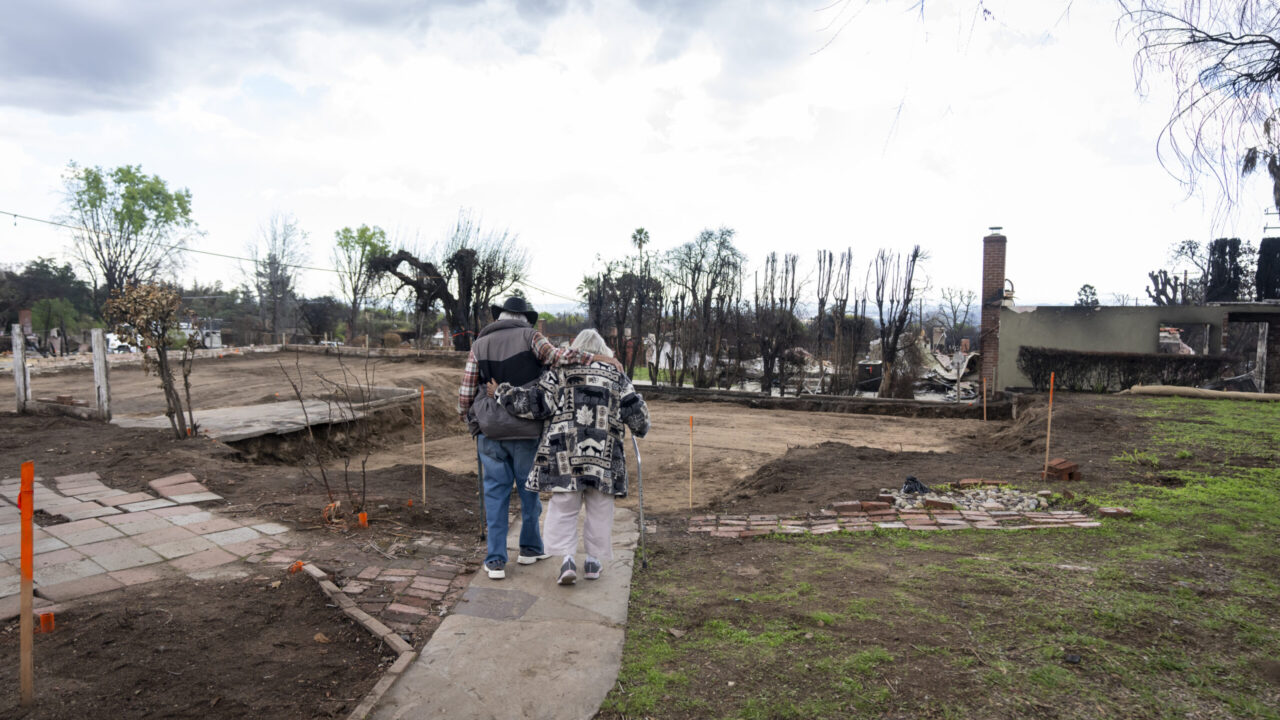
Projects


The State of Corporate Sustainability Disclosure 2025
This third annual report on the State of Corporate Sustainability Disclosure provides a comprehensive analysis of how S&P 500 companies are disclosing climate-related information based on 20 core metrics tracked by UCLA’s Open for Good Initiative.

Grand Theft Eco: Environmental Futures of Los Angeles
Grand Theft Eco: Environmental Futures of Los Angeles is a creative film project that repurposes the game engine and design of the video game Grand Theft Auto V to explore possible eco-futures of Los Angeles in the year 2050.
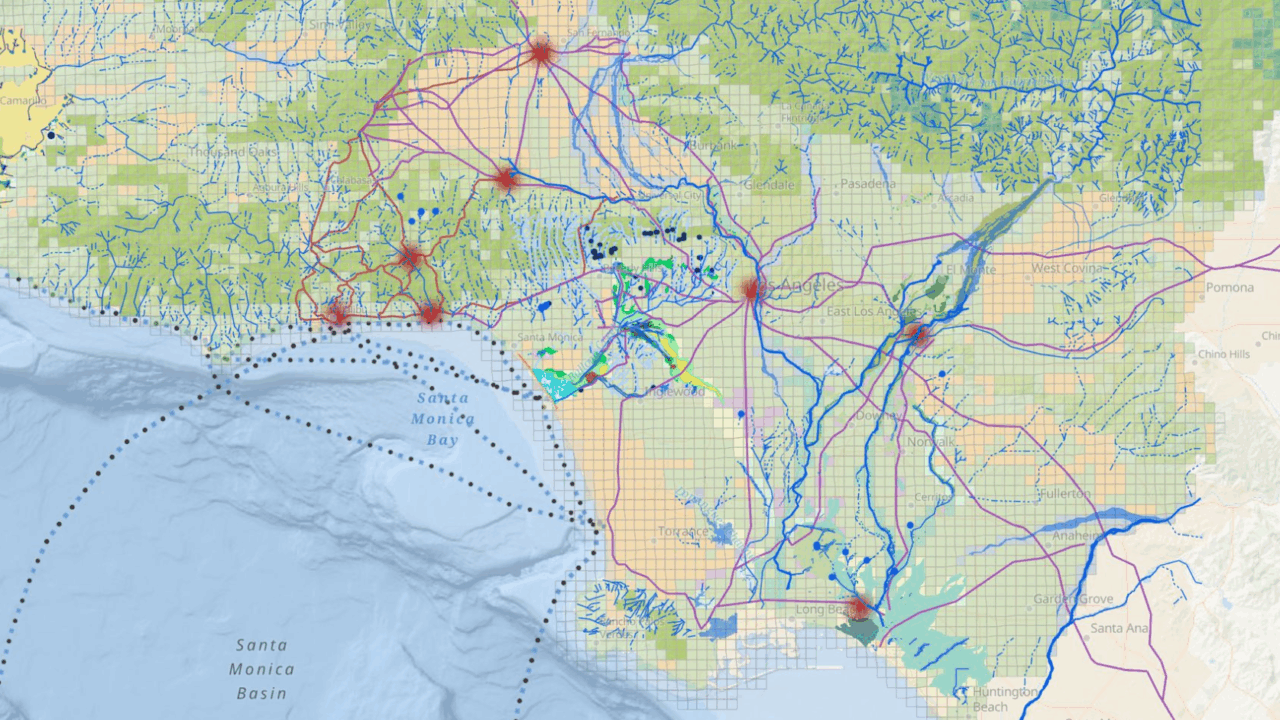
Mapping Los Angeles Landscape History
Tribal leaders and researchers have uncovered the ancient “lost suburbs” of Los Angeles—revealing a thriving Indigenous landscape buried beneath the city’s sprawl and reclaiming a 10,000-year legacy of resilience, stewardship, and survival.

Bird Genoscape Project
The Center for Tropical Research recently launched the Bird Genoscape Project, an effort to map the population-specific migratory routes of 100 species of migratory songbirds by harnessing the power of genomics.

Assessing the Stability of Ecological Communities by Combining Data and Theory
La Kretz Center Postdoctoral Fellow, Timo Metz, is curious about how ecosystems respond to disturbances, and the strategies that can foster their resistance and recovery. After decades of fire suppression,…

A Pathway to Recovery of the El Segundo Blue Butterfly
Students: Karena Caro, Alex Fu, Prasheetha Shree Karthikeyan, Eden Carmen Kessler, Megan Leah Osawa, Ryan Tomas Shelburne, Kennedy D Smiley, Gianna Re Ana Wright Faculty Advisor: Travis Longcore Client: U.S.…
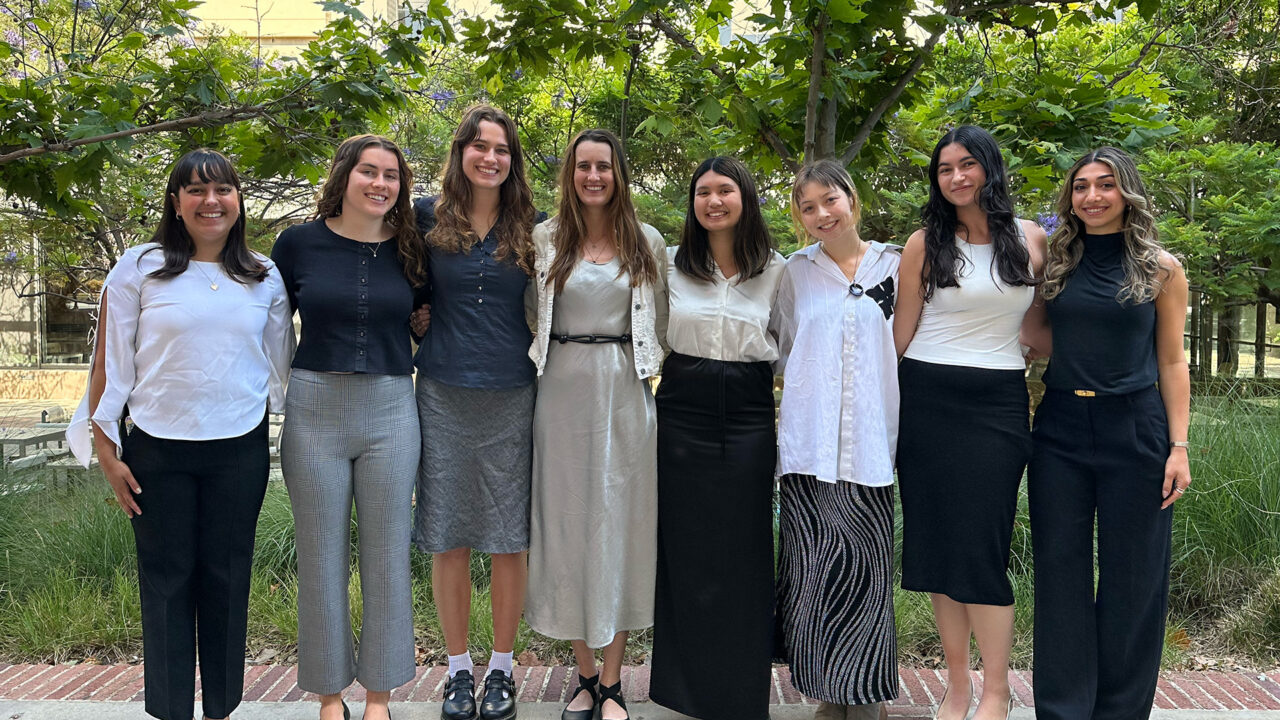
Assessing Differences in Public Health Environmental Impacts in South and North Merced
Students: Danielle Elizabeth Anz, Tara Parvati Ganguly, Therese Leah U Garcia, Helen Heath Tara Talia Ourfalian, Tia Imai Payne, Leah Ann Frenz Schlageter, Jeremy Daniel Woo Advisor: Emma Barnosky Client:…
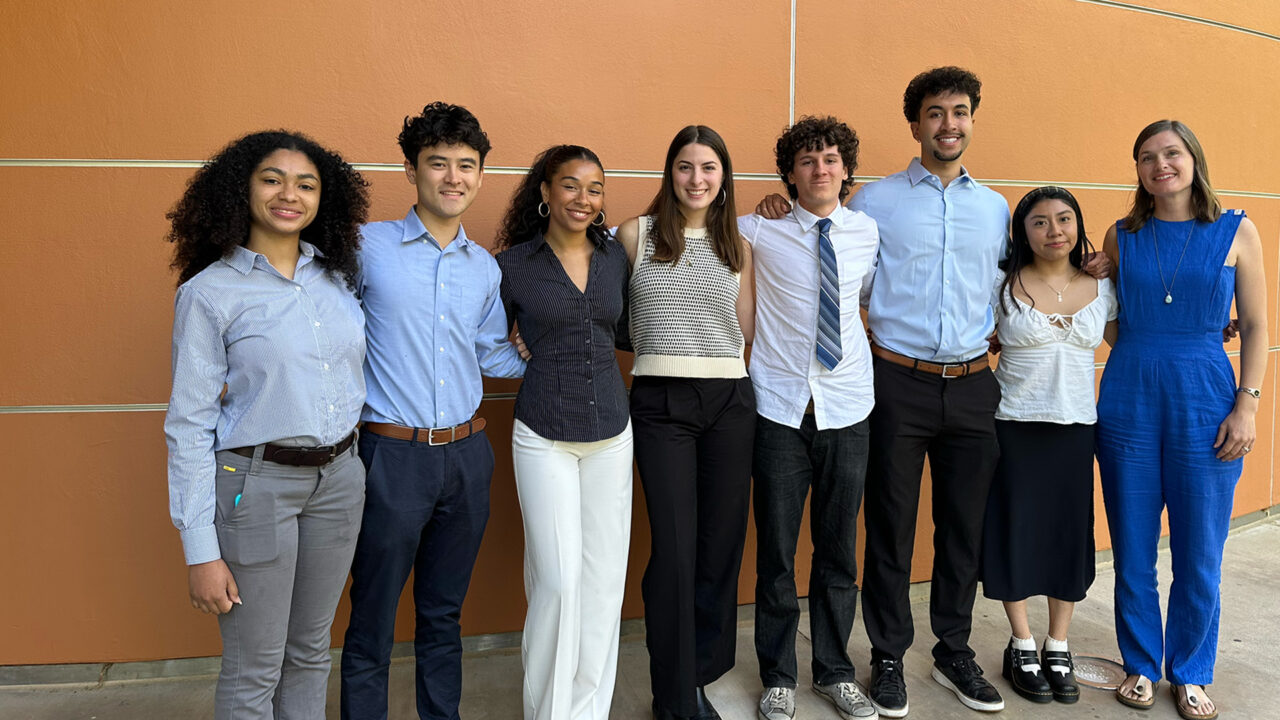
Assessing the Impact of the Ebony Project
Students: Imani Alexane Ngangnang Brutlag, Santiago Dent, Will Mathew Francavilla, Mckenna Melissa Giannos, Charles Jaesun Gravereaux, Omaia Heliana Olivas, Lily Rivas Advisor: Virginia Zaunbrecher Client: Taylor Guitars
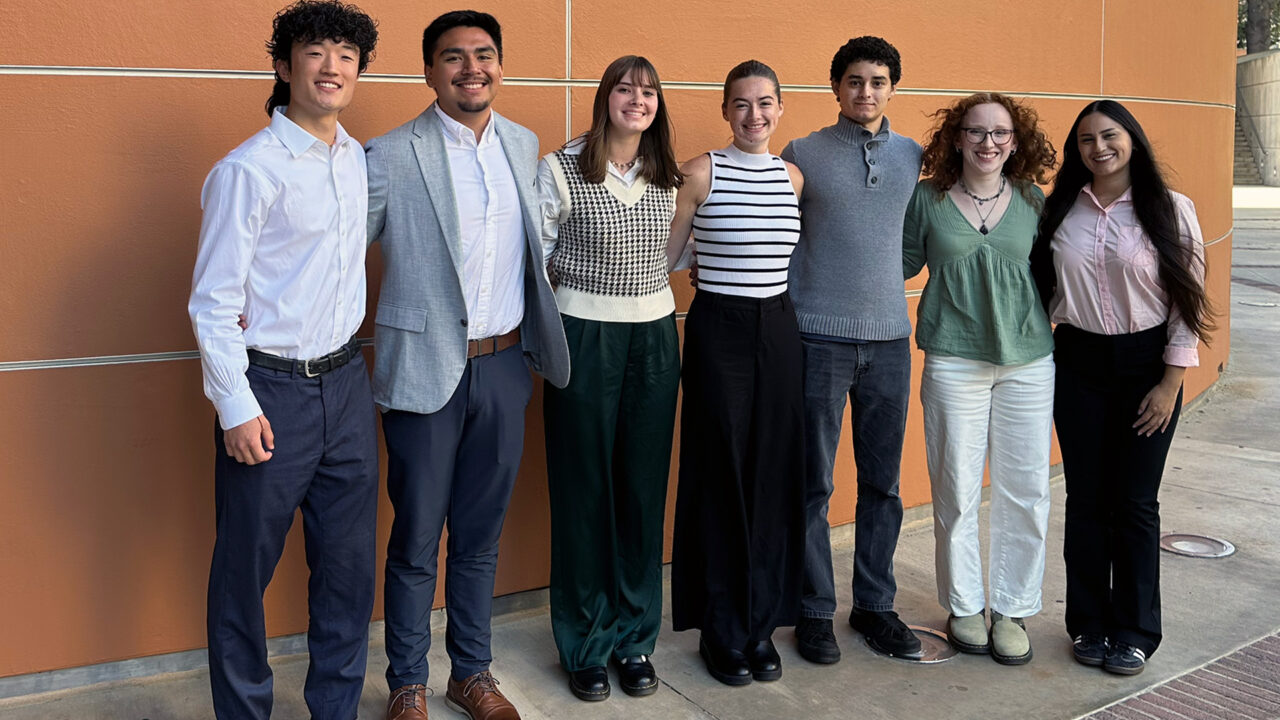
Biodiversity Assessment for the UCLA South Bay Campus
Students: Ken Matsunaga, Brandon Jair Morquecho, Adeline Grace Schulz, Emma Caterson Searing, Faith Helen Shortridge, Trisha Telywa Taylor, Avery Jane Werner, Elias Woodward Client: UCLA South Bay Faculty Advisor: H.…
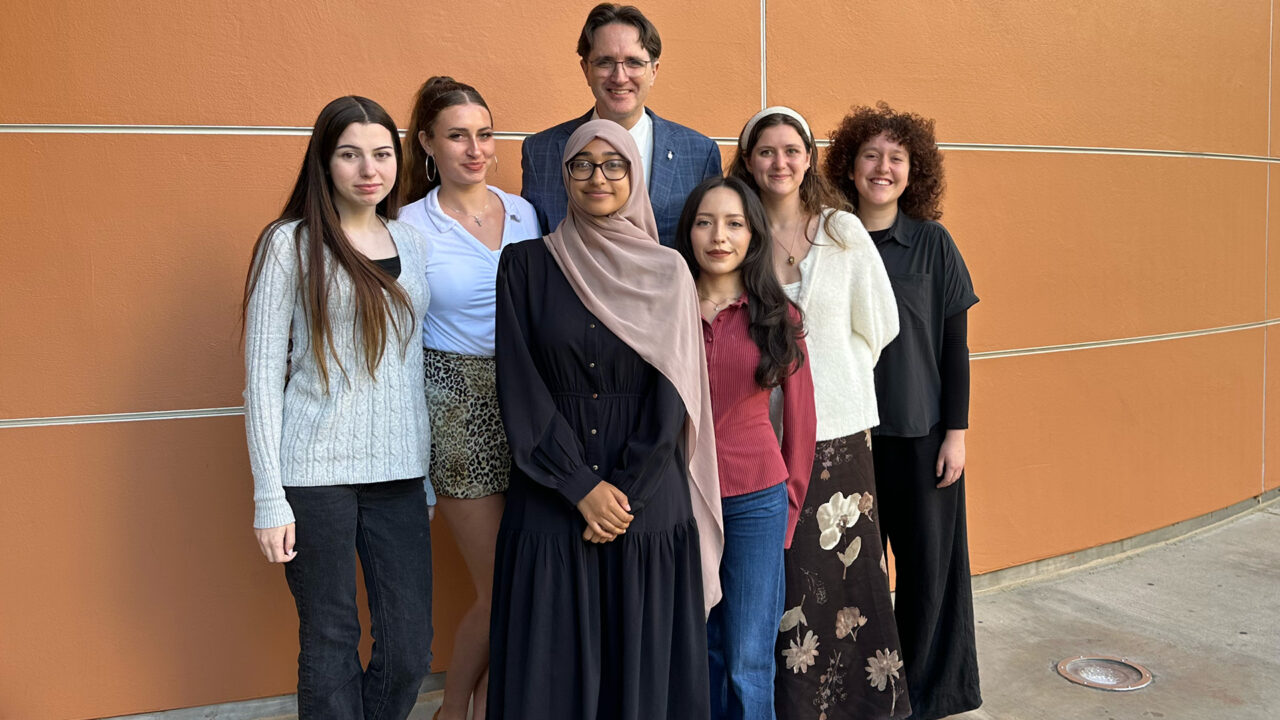
Developing a Native Planting Guide by Ecotope
Students: Litzuly Castillo, Kika Drake, Julianna Susan Evinski, Zeinab Kahil, Hayden Lechner, Maddie Mcewen, Alina Jasmin Razi, Miranda Rae Seuell Faculty Advisor: Travis Longcore Client: City of Los Angeles Final…

Enhancing Visitor Experience in the Santa Monica Mountains
Students: Jasmine Contreras, Jessica Nicole Cooper, Nicole Juliet Hernandez, Jordyn, Elizabeth Lee, Grace Marie Miller, Dayna Renee Storaker, Romulo Augustus Williams, Jacob Joseph Fossa Advisor: Dr. Andy Kleinhesselink Client: Anthony…
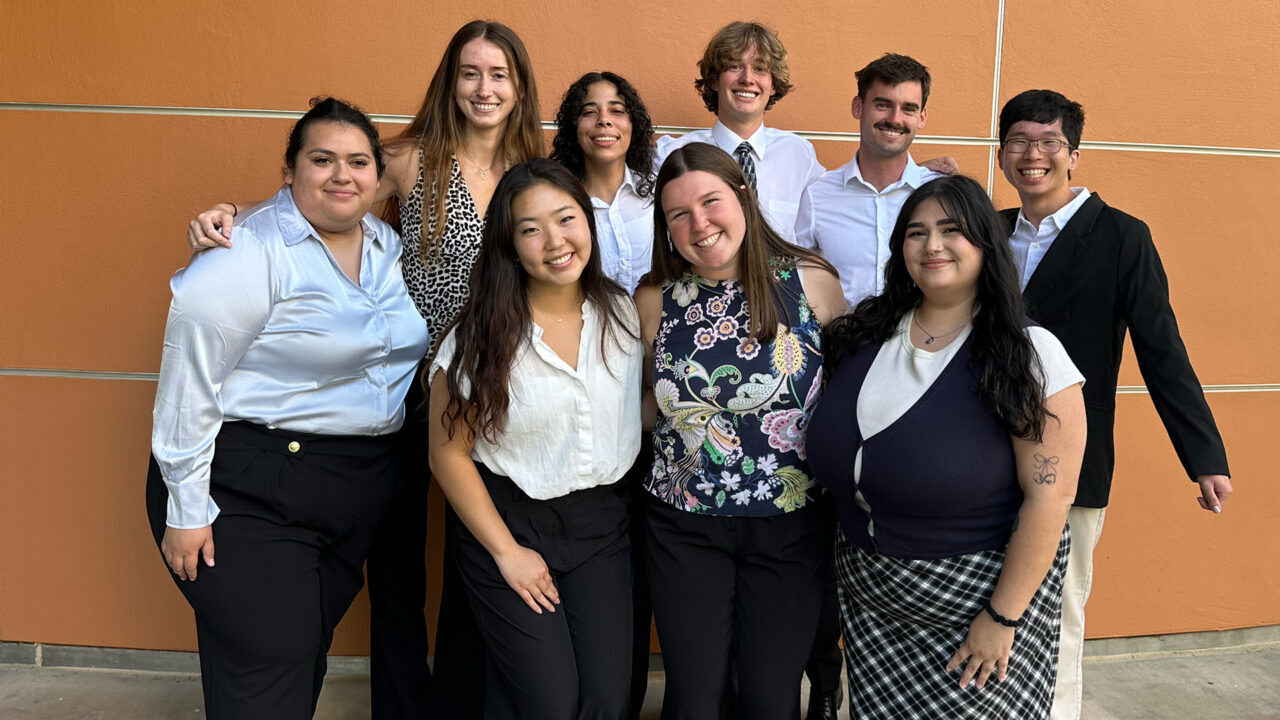
Guidelines for the Effective Capture and Use of Stormwater for Infiltration and Irrigation in California
Students: Carmen Kettrick, Erin Rika Kitamoto, Margaret Mary Meyers, James Henry Padden-Rubin, Lorena Salina Parsaie, Ethan Daniel Schnack, Hannah Pereira Da Silva, Isela Cervantes Tamayo, Eric Li-Bing Wong Advisor: Dr.…
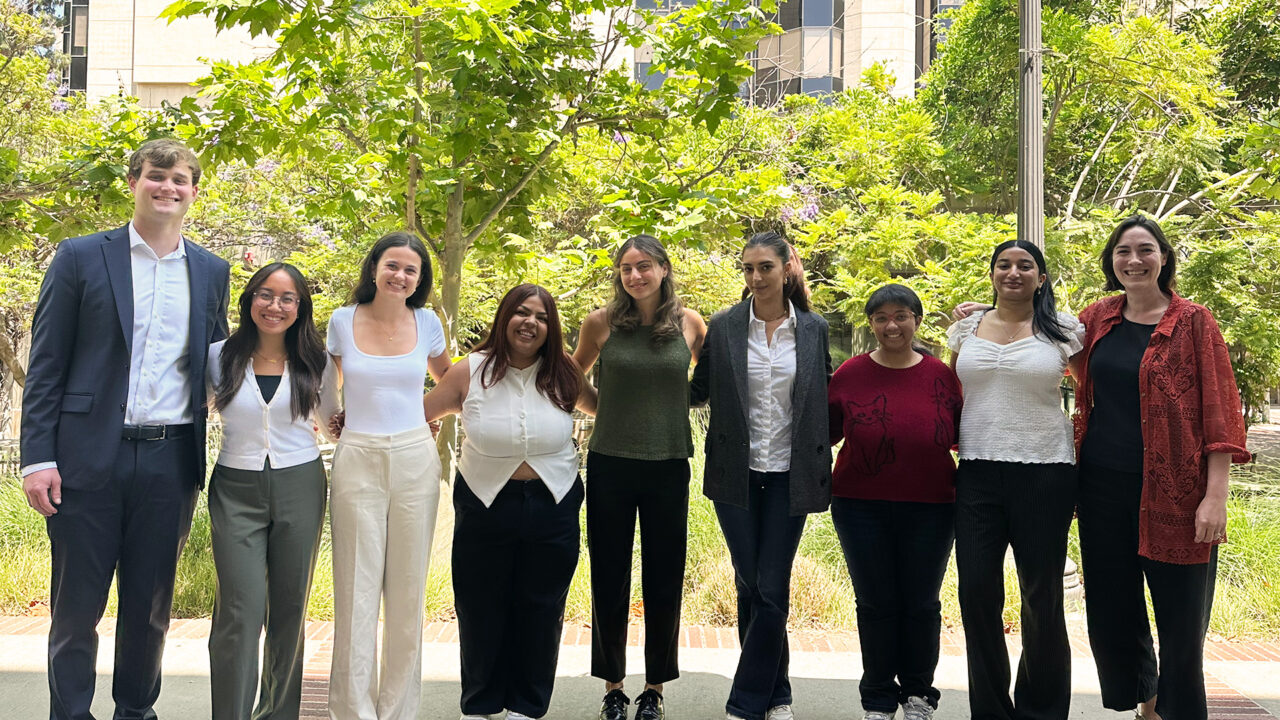
Integrated Landscape Management in California
Students: Emily Juntilla Ang, Natalie Ashkar, Evelyn-Marian Patricia Barber, Olivia Grace Dalton, Lisa Ann George, Vivika Malaai Martini, Tyler Lawrence Nelson, Katy A Rojas Faculty Advisor: Liz Kozlov Client: EcoAgriculture…
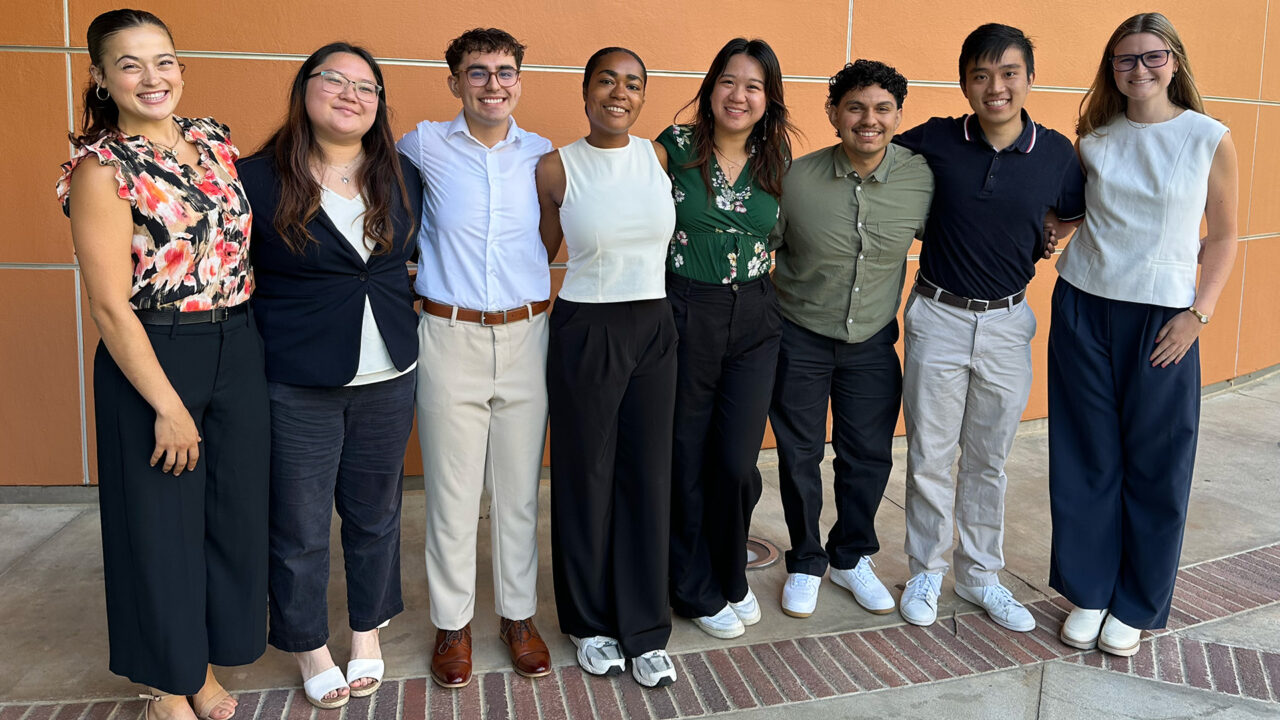
Prevalence of Antibiotic-Resistant Bacteria Near CAFOs and Dairy Digesters in Tulare County, California
Students: Caitlin Lilly Beale, Marina Casagrande De Lucca, Erick Moreno, Amari Grace Catlett Muhammad, Ava Wood Sinacori, Vicky Xec Tong, Lawrence Tran, Emi Toshi Tsutakawa, Daniel Arturo Velazquez Advisor: Yuhui…

Sustainability From Farm to Table
Students: Joyce Jie Ling Goh, Jennifer Gonzalez-Diaz, Iris Hong, Anna Kai-Li Neiger, Julia, Rashel Packer, Taylor Brooke Simonich, Alexis Marie Shenkiryk, Quinn Alexander Wynacht Advisors: Dr. Dan Cooper and Dr.…

Warehouse Related Emissions, PM2.5 Exposure, and Health: An Environmental Justice and Policy Analysis
Students: Samea Derrick, Michael Flores, Soyoun Gwak, Tsz Yu Lau, Qingyang Liu, Colin, Andres Ruiz, Natasha Patricia Tavares, Alex Teichgraeber Faculty Advisor: Pablo Saide Client: California Office of Environmental Health…
